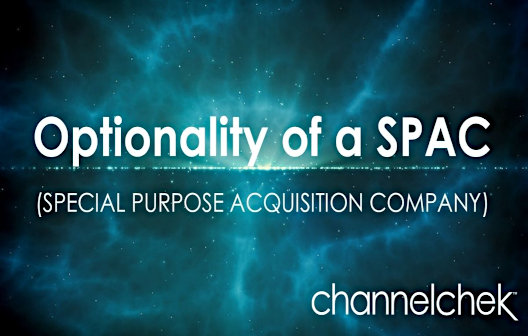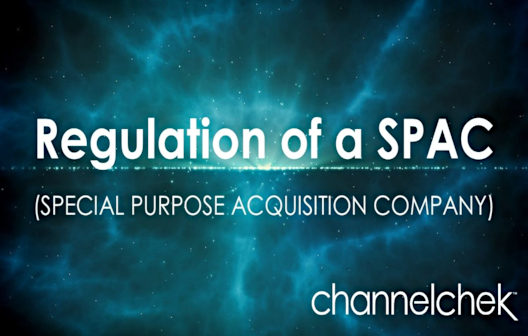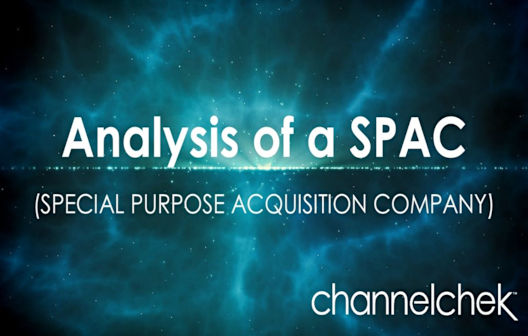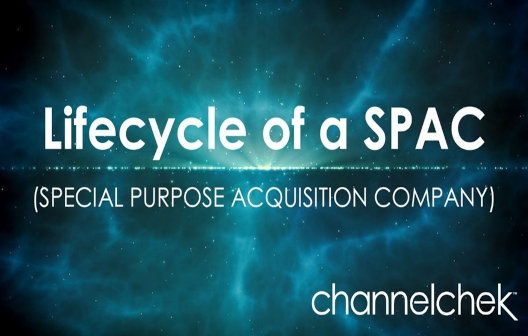/>
One Great Protection Inherent in SPACs for Investors
There are many features in SPAC deals that attract investors to them. Some of these are related to owning an interesting company as it goes public. But another feature, dictated by the SEC, limits downside risk during the pre-SPAC stage if the SPAC manager fails to consummate a merger.
Limited Downside
We all buy stocks with the idea that we want them to go up. But, we certainly know they may go down. Our stock may even go down all in one large price move, or gap lower at the open. Special Purpose Acquisition Companies, during the target search phase (usually 24 months), have a de facto floor that helps prevent steep drops in price. The very structure helps protect from great losses pre-deal and allows for a final decision to opt-out if and when a target is found.
The protection is in the disbursement from the trust account. If the purchase price was $10 per share, the proceeds from everyone’s $10 were initially placed in a trust account while the managers shopped and negotiated. From the trust account they paid bills, they also earned incremental interest. If a deal isn’t made, the original investment, less expenses, plus interest accrued, is returned. Very often, this would be incrementally lower than the purchase price. However, something would have had to have gone terribly wrong for the loss to be large.
Recipients of the pro-rata disbursement of the trust account may even make money. It’s like you buy a pair of sunglasses online because you want them for the weekend, they get delivered on Friday, you open the package, and find you don’t like them. You may or may not have to pay the shipping to return the glasses, but you don’t lose much of your money. If you’re upset it’s because of lost opportunity, you wanted to have a new pair of sunglasses on Saturday.
Take-Away
For everyone involved, the ideal scenario is that their SPAC merges with the perfect target and that this perfect target does well after the merger. This could then cause investors to exceed market returns on their $10 per share SPAC investment. Under a less rosy scenario, the downside is minimal in that the investor can opt-out before any merger, or receive their disbursement if nothing was found. For investors that purchased their SPAC on the open market at a discount, they may receive oversized returns from any disbursement.
Managing Editor, Channelchek
Suggested Content:

Optionality of a Special Purpose Acquisition Company |

Regulation of a Special Purpose Acquisition Company |

Analysis of a Special Purpose Acquisition Company |

Lifecycle of a Special Purpose Acquisition Company |
Sources:
Stay up to date. Follow us:

|
